Koh Ker School, Cambodia
Buying school uniform for your children from us helps to support children in Cambodia. In February 2017, Managing Director of School Uniform Shop Luke Conod visited Cambodia with the City of Hereford Rotary Club to discover a charity who needed our help. This charity was The Ponheary Ly Foundation.

The Ponheary Ly Foundation was founded in 2005 when Cambodian tour guide Ponheary Ly met American tourist Lori Carlson. Ponheary had spent years previous as a teacher. She knew the value of education in children as her Father was a teacher and used to support children one on one and do extra programs after school at the school she taught in. While working as a tour guide, Ponheary used to encourage the tourists to sponsor a child for education rather than purchasing souvenirs from the children selling them on the streets outside the temples. When Lori heard about the work Ponheary was doing she was inspired and returned to Austin, Texas to set up a foundation to help her broaden her efforts. After two years of visiting Cambodia, Lori relocated to Siem Reap to work daily with Ponheary and the children of Cambodia.
The Ponheary Ly Foundation supports over 2,800 students across rural Cambodia.
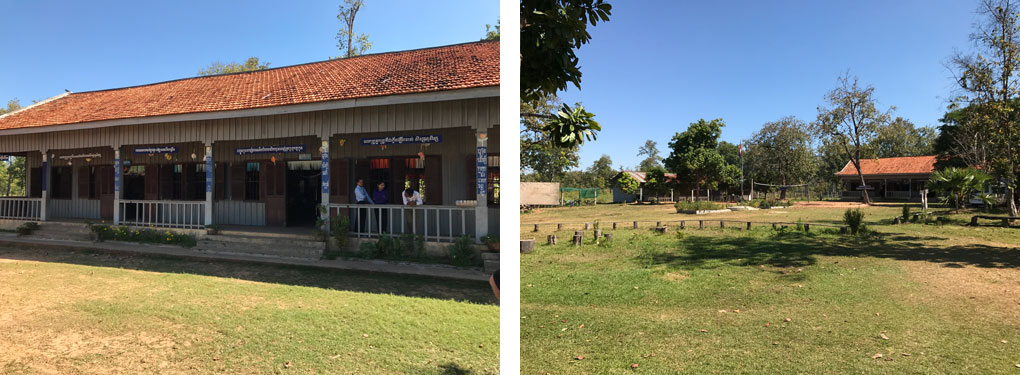
Working together, School Uniform Shop and City of Hereford Rotary Club have funded three inspiring programs, all at Koh Ker School in Cambodia.
Koh Ker School Library
The library at Koh Ker School in Cambodia is much more than just a place to come and read a book. They schedule activities such as art and crafts, checkers and chess club, colouring and they even have Lego the children can play with. Ponheary Ly Foundation describe it beautifully as “In places where there is not much “push” from the family for the children to come to school, there must be a tremendous amount of “pull” and everything that goes on in PLF libraries does just that.”
The library at Koh Ker School was only opened in September 2015 and already it has proven to be an educational but most importantly, a fun place to be for all of the children!
The Koh Ker School Library has a well-trained Librarian to keep the books, games, activities and children playing and learning as they should be. She is also trained as the ‘school nurse’ which we think is amazing!
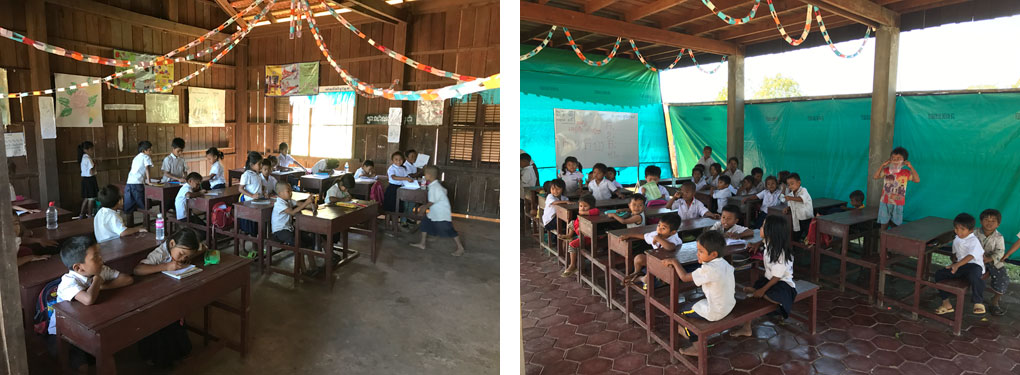
Wellness Program at Koh Ker
It is important that children are well cared for and clean all around the world, however unfortunately we know that isn’t always the case. In Cambodia, the children who attend Koh Ker School do not have this care at home so it is important for the school to introduce this into the children’s daily routine. Things that are covered within the wellness program are Basic Hygiene, First Aid / Basic Medicine, Clean Water and Transport to Hospital.
Students at Koh Ker School have access to endless supplies of soap and clean water and have a wash in the mornings as soon as they arrive at the school before breakfast. Tooth brushing classes are given to provide invaluable education about dental hygiene and all children clean their teeth after breakfast every morning.
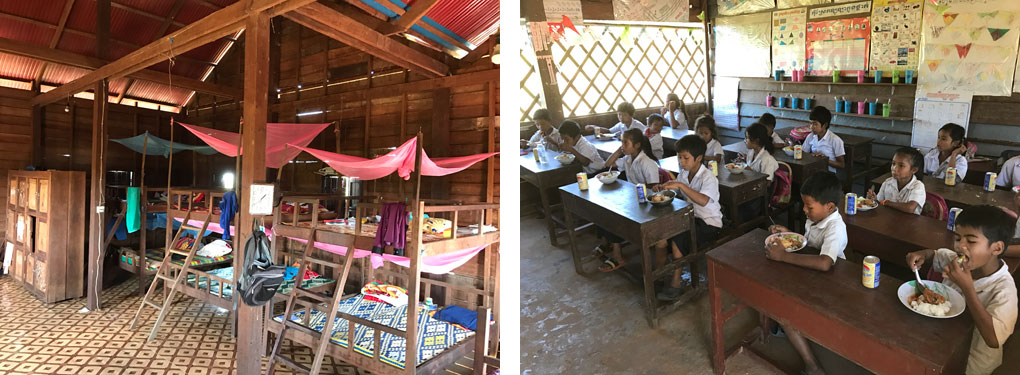
As I said earlier, the School Librarian has also been trained as the School Nurse. She is on hand to tend to minor accidents and illnesses. Twice a year the students are given de-worming treatments to keep parasitic infection under control.
To keep the children healthy costs just £6 per student per year.
English Language Instruction at Koh Ker School
The children at Koh Ker School are taught English from the age of 11 and continues through their schooling up to the age of 15 or 16.
English as a language in Cambodia is important for a number of reasons:
Students who have basic English skills will perform better in classes and technology classes when they are old enough to take them.
When the students take technology classes they will have access to online training courses and internet research classes. They can access foreign news sources to get a clearer view of the world than that which is offered by a heavily censored Cambodian media.
There are very few academic books in the Khmer language so learning how to read, write and speak English will give the students access to a wider variety of books.
Cambodia is a growing tourist destination, especially around Siem Reap where over three million tourists flock per year to visit the temples of Angkor Wat. By learning English it greatly increases chances of securing a job in the country’s growing tourism industry.
For students who make it to University in Cambodia, many courses will be exclusively taught in English and will only use English language textbooks. If they do not know Business Level English it will prevent students from entering such fields as Medicine, Engineering and IT.
There are two English teachers at Koh Ker School who teach Grades 5 and 6 after school. This initiative funds the teacher’s salaries, provides textbooks and workbooks for the students as well as Teacher’s Manuals, audio equipment and other teaching materials.
Here is a video of our MD Luke along with the Hereford City Rotary Club preparing lunch for the children at Koh Ker School in Cambodia when they visited back in January.
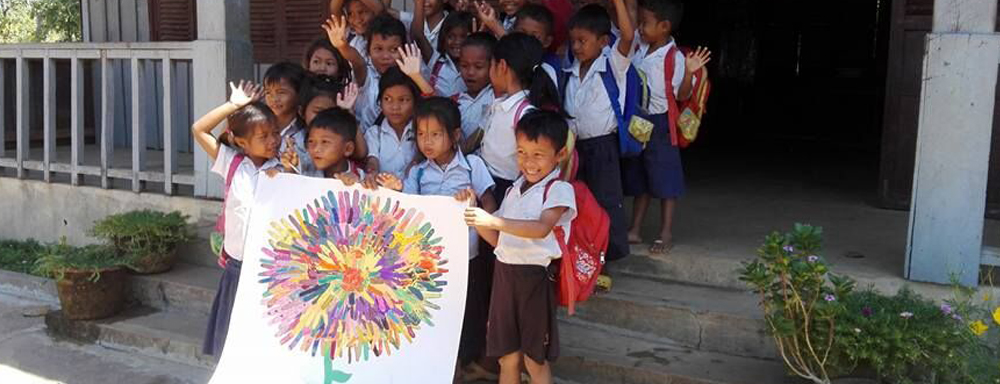
An Update on Koh Ker Primary School – July 2018
In July 2017, Hereford Rotary granted a sum to the PLF which was to be used to support three core projects at Koh Ker Primary School, in Preah Vihear Province. Those projects are, the Library, Wellness and English Programs.
The academic year for Cambodian schools ends August 30, 2017, but PLF runs the school at Koh Ker 12 months per year, in an effort to keep the children fed and healthy and to give them the benefit of extended classes over the summer.
The Library:
The Library continues to be a big success at the school. There are new books and reading activities, which are going over very well!
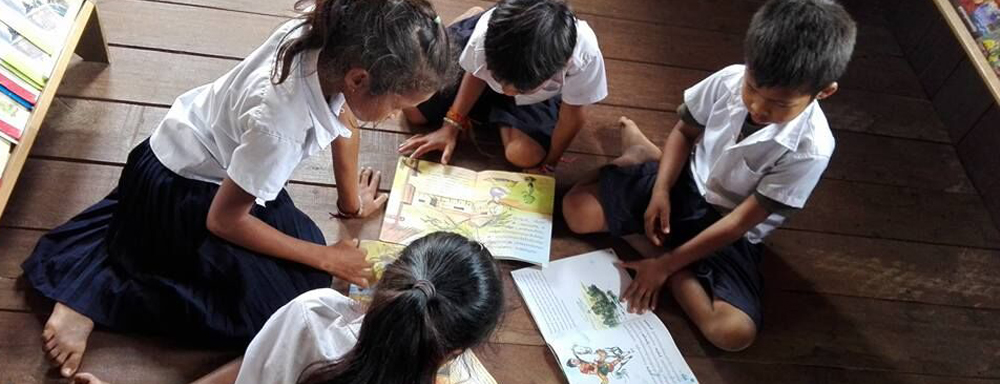
Wellness Program:
The students all worked together to clean all the water filters during this term and we replaced a few of the ceramic inserts on some that were too old.
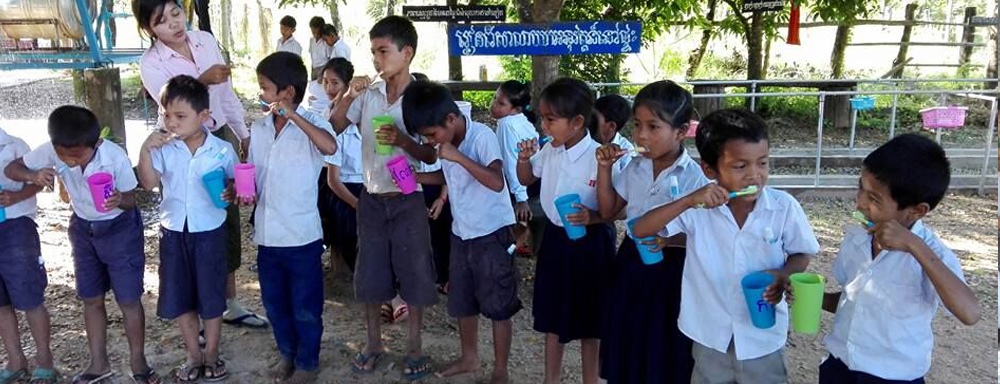
English Program:
This year we were able to implement MP3 speakers at the School and teach the teachers how to use them in their classroom. It gives the students in Let’s Go 1 the chance to take advantage of the audio that comes along with that book and hear “natively spoken” English. Since Koh Ker sees virtually no volunteers, this is vitally important as their teachers speak English with a very heavy accent.
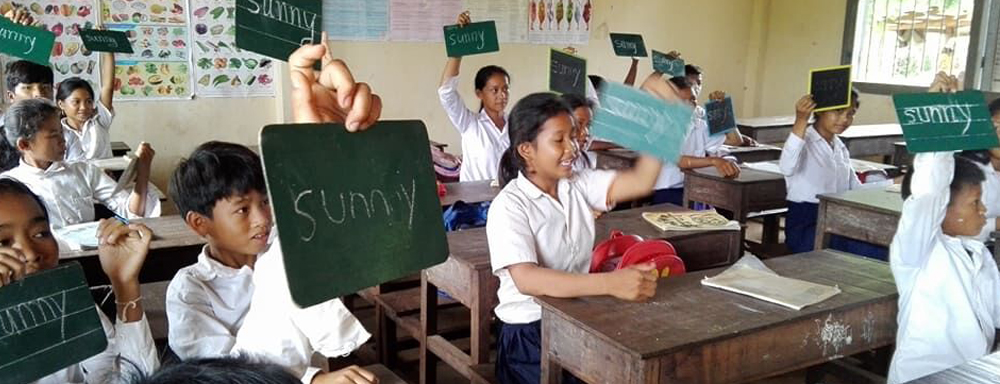
To read more about the PLF: http://www.theplf.org/wp2/
An Update on Koh Ker Primary School – January 2019
The Library:
The modules added in the summer have been very successful and very popular with a full house every time an activity is held! Having expanded opening times, means these reading activities can continue outside of school hours. A new system has also been implemented for checking books in and out, which is working very well!
A trainer from the Ministry of Education has been to work with Sareng on developing the programs held. There will also be a visit in January 2019, from a US volunteer teacher, specializing in Library and Kindergarten. This will be her third visit to Koh Ker.
One thing is certain; students are reading more and having fun doing it!

An Update on Koh Ker Primary School – June 2019
The Library:
Last school year and over the summer months we piloted some new modules at the Library that saw Sareng (our Librarian) receiving training on “Interactive Reading” and we expanded the hours that the Library remained open every day so that these reading activities could be organized outside regular school hours.
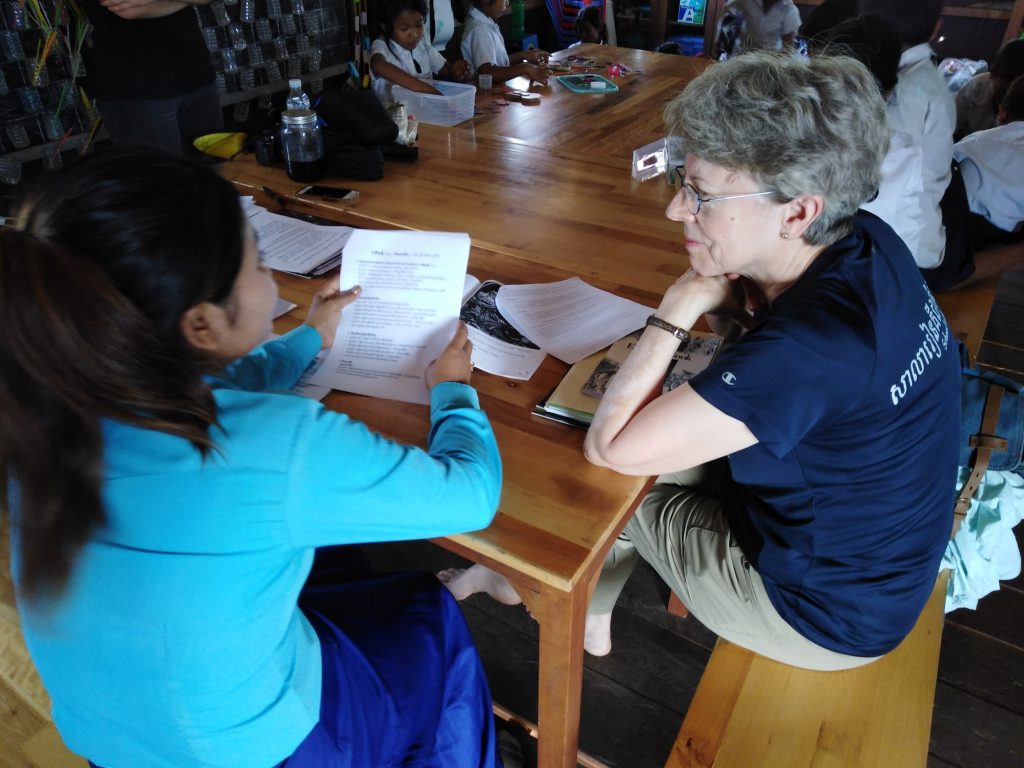 Sareng at left, being trained by PLF Volunteer Teacher Trainer Pat. Pat, a retired teacher from America, spent one month at Koh Ker working with Sareng in the Library and the kindergarten teachers at Koh Ker and Romcheck.
Sareng at left, being trained by PLF Volunteer Teacher Trainer Pat. Pat, a retired teacher from America, spent one month at Koh Ker working with Sareng in the Library and the kindergarten teachers at Koh Ker and Romcheck.
Training was a smashing success since then we have continued to build on those foundations. We are now expanding the model built and refined at Koh Ker to other locations; Next step is the Knar Village Learning Center (KVLC), where Hereford Rotary is also funding the construction to expand the Center this year which includes installing both a Children’s and a Community Library.
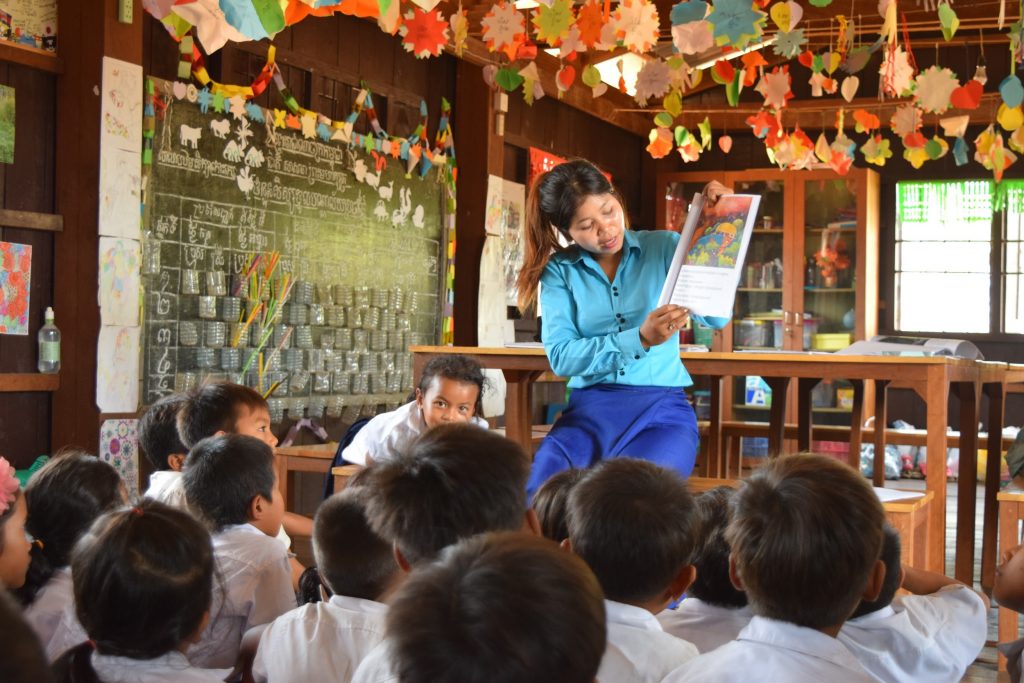 Sareng in action, doing interactive reading with a group of second graders.
Sareng in action, doing interactive reading with a group of second graders.
Koh Ker’s librarian, Sareng, has always been a catalyst for action within PLF. Her resolve to continue her education past Grade 6 single-handedly inspired PLF to establish the Srayang Dormitory. Her passion to give back to her community and encourage the next generation of students single-handedly resulted in establishing the Koh Ker library where she has worked as the librarian since 2014. Now, she is serving as a role model for our expansion of library programming by training Chenda.
During the week-long exchange at Koh Ker, Chenda shared with Sareng some book cover techniques she learned from other NGO libraries in Siem Reap and helped her complete the library’s book inventory (critical as more and more students and teachers borrow the books to read at home).
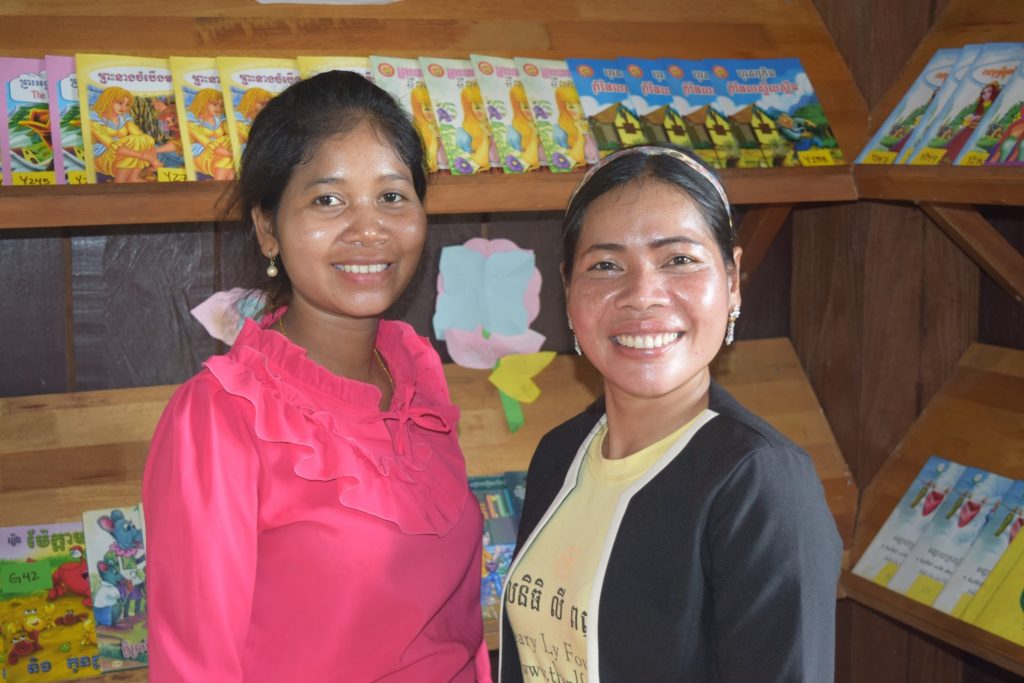 Sareng, Librarian at Koh Ker (left) and Chenda, Librarian at Knar
Sareng, Librarian at Koh Ker (left) and Chenda, Librarian at Knar
Sareng shared her experience in library management and various activities she leads with the students. The KVLC team also sat in as Sareng led a storytime for some of Koh Ker’s youngest students, reflecting with her afterward on the importance of such activities and strategies to make them the most effective.
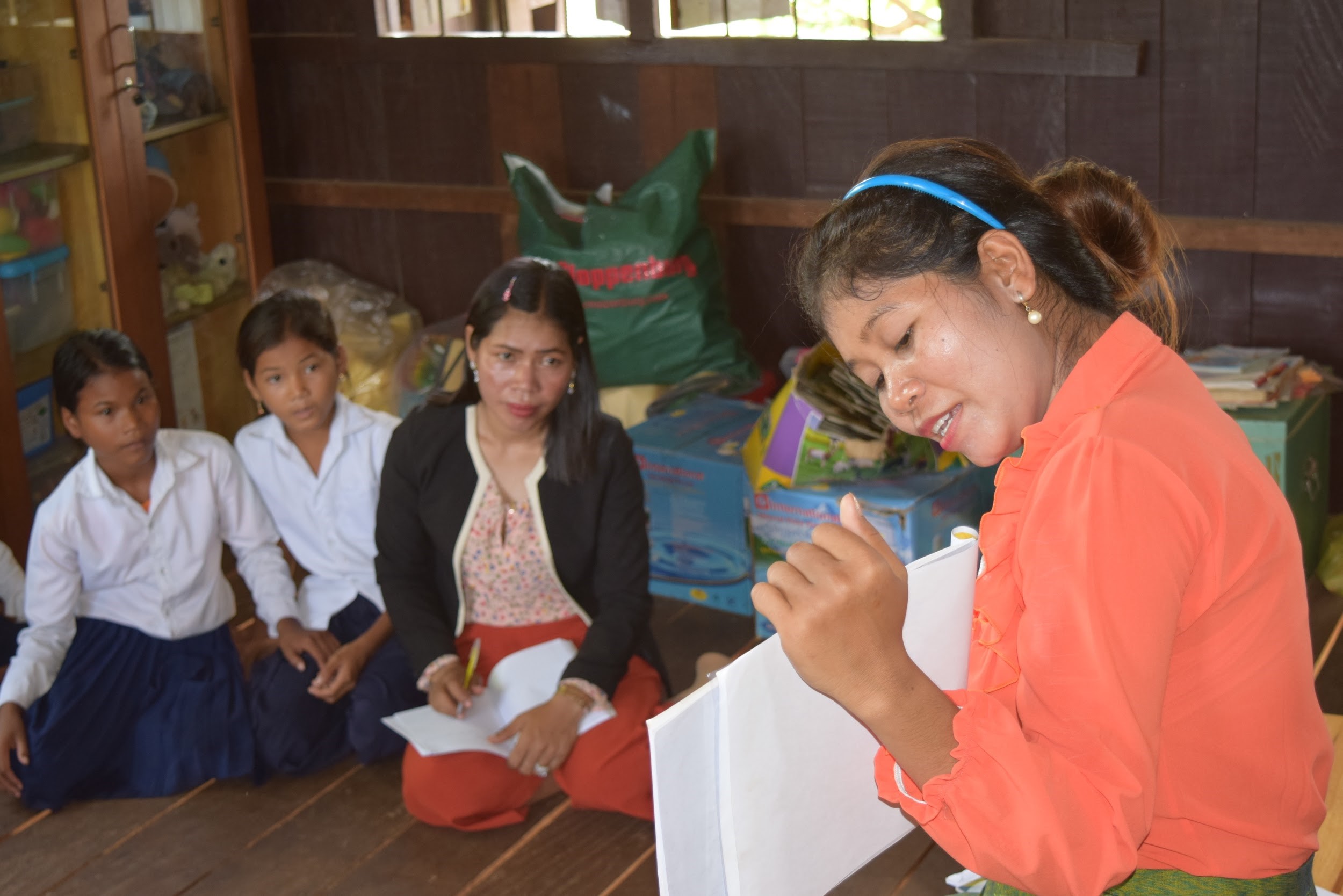
We tend to only speak of sustainability in NGO and community work in terms of finances. PLF does always strive for financial sustainability. We’ve just completed implementation this month of a very successful book rotation scheme across all locations, in order to bring the same fresh reading material to every location while only paying for it once. Books will begin their journey through PLF Libraries at KVLC. Using a first in first out inventory system, librarians will be moving books out every two weeks. KVLC will move titles to Koh Ker and Koh Ker will move them to Romchek two weeks later. Two weeks after that they move to Prey Kuol. After that, they find their final resting home scattered all across the small villages in that very remote area. We buy a book once and it passes through more than 600 students. This is a tremendous push toward financial sustainability.
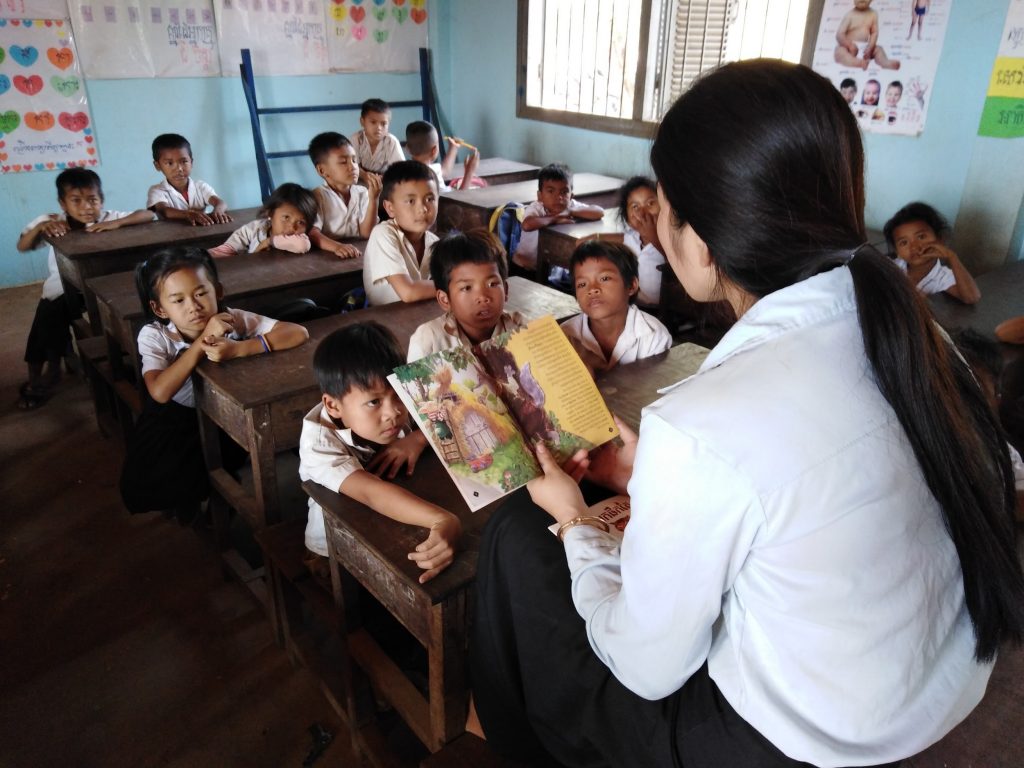
For us, this first library exchange highlights the vital importance of investing in people for sustainability. Believing in Sareng as a young student has now brought us not reading initative but four, and investing in the library exchange has built a sustainable support network between Sareng and Chenda that will feedback into continual improvements in Koh Ker and KVLC and beyond.
We were thrilled to see Sareng passing the torch so confidently and emphatically to Chenda and are excited to see how Chenda takes it and evolves it for the KVLC community!
Sareng and Chenda have both been doing a great job setting up our first lending libraries (even before the library at Knar is finished!) . Students and parents alike are coming to borrow books. We’re considering as a next step stocking some books for the adults in the community and toward that goal, Sareng and Chenda are working with PLF staff to design and implement circa 1960’s Library Cards.
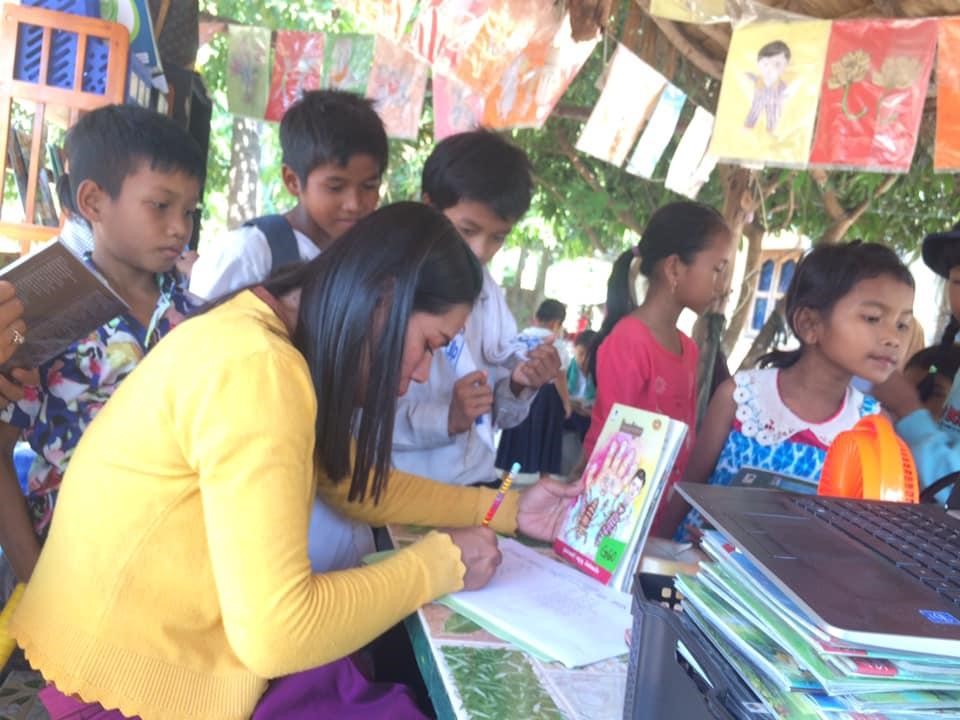 Chenda, checking out books, without a library!
Chenda, checking out books, without a library!
A knock on benefit of the new library book rotation scheme is being able to provide books to Romchek and even to Prey Kuol. At both these schools we do not have a dedicated library functioning (yet) but do have story corners in each class and are now able to keep books flowing through them at both locations. Work will continue with the teachers in each classroom to understand how to make the best use of the stream of books, but for now it’s lovely to roll up at either of those schools and see loads kids outside eating up books.
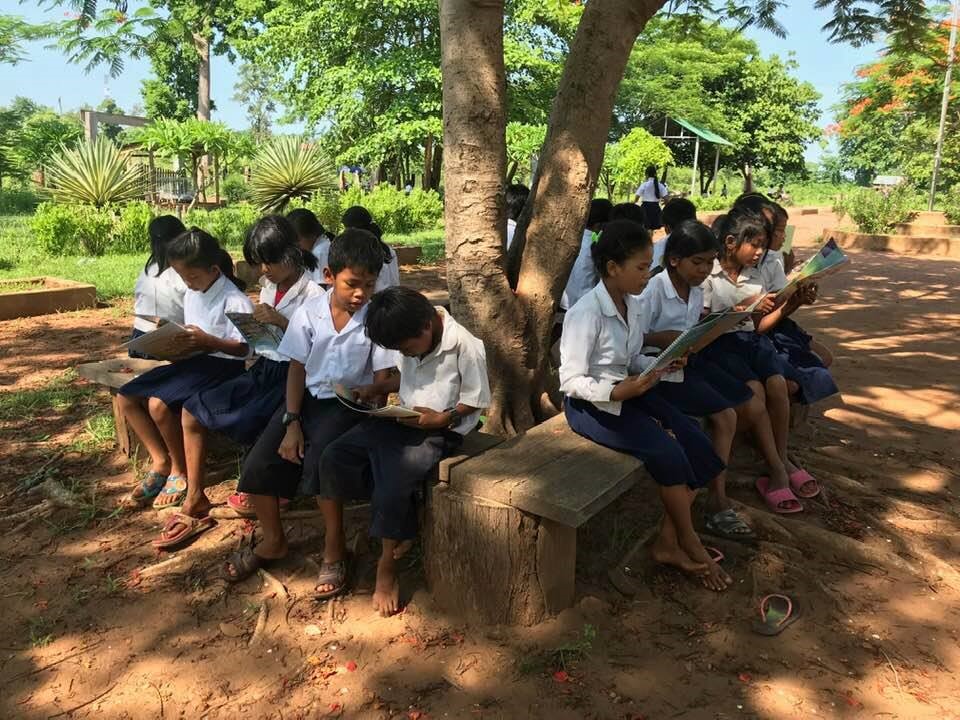
We hope you are as pleased as we are with the progress of our Library at Koh Ker. As Sareng’s capacity and knowledge soars, so does that of the teachers at the school and certainly the children. We are seeing more students gravitate to reading rather than playing games (though that remains a priority as well; to have regular playtime). We are getting strong feedback from teachers in the classroom about the students’ enthusiasm to achieve literacy at a much younger age. Everything we could hope a fully functioning Library would do, is happening right before our eyes.
We can’t thank you enough for believing with us that the right kind of support, in just the right place, at just the right moment can have astounding results.

